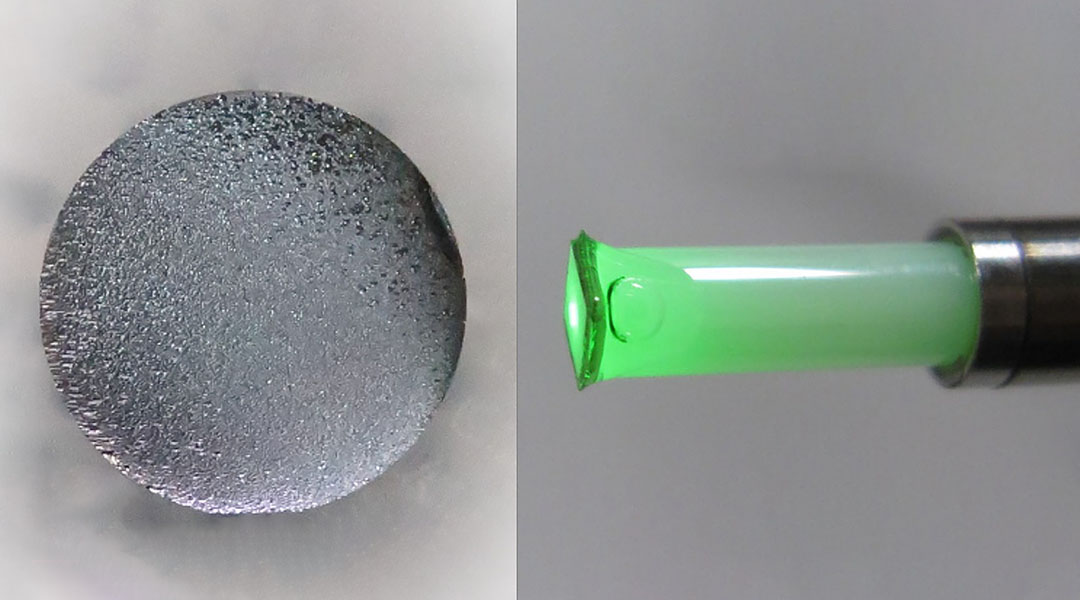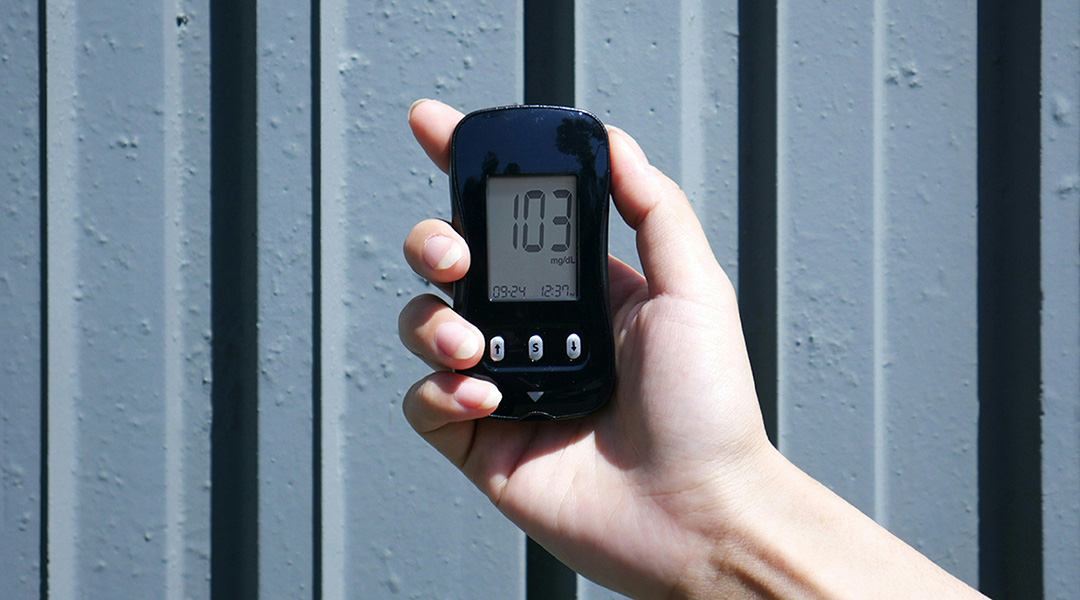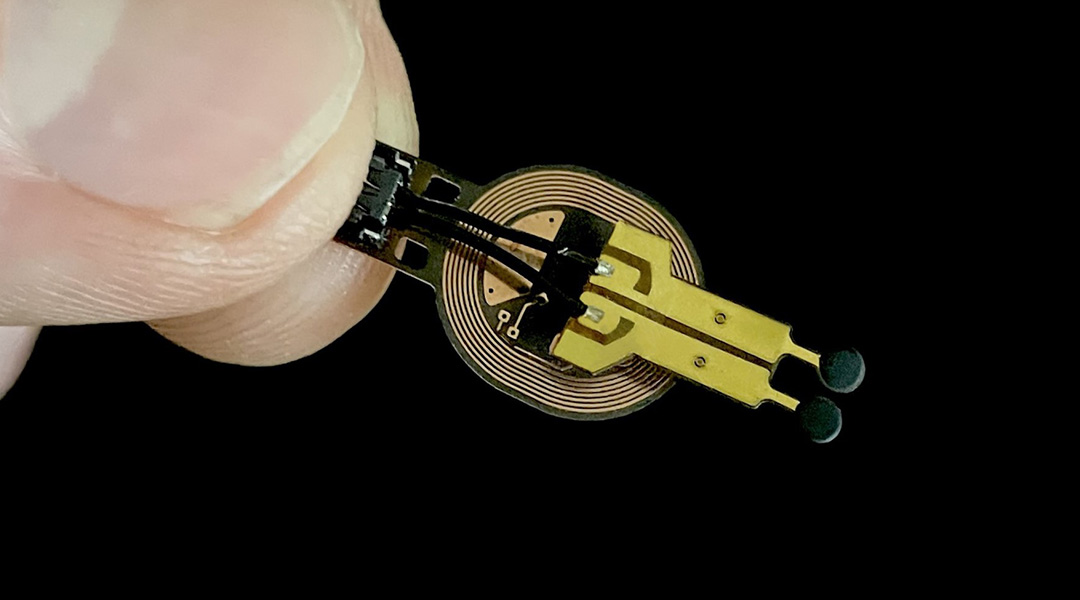These low-cost quantum sensors detect tiny magnetic field changes and could help identify early battery issues in electric vehicles.


These low-cost quantum sensors detect tiny magnetic field changes and could help identify early battery issues in electric vehicles.

This visual sensor connects to your fridge and syncs with your smartphone, providing real-time updates to help reduce food waste.

Scientists have optimized nanodiamond sensors, with potential breakthroughs in electronics, medicine, and quantum tech.

First living biosensor developed to study honeybee gut microbiome, providing insights into health and conservation.

An energy-harvesting wearable patch continuously monitors blood sugar levels via sweat to prevent hypoglycemic events in diabetic patients.

Precisely copying the capabilities of a biological nose with an artificial one is a lofty but potentially world-changing goal.

Inspired by sea asparagus, scientists design a conductive hydrogel that is stronger than natural rubbers and adapted for extreme environments.

Scientists develop a sensor that predicts wound healing rate with more than 70% accuracy.

Capable of measuring stress through micro gestures “EmoSense” could find its way to wearable electronics in the future.

An acid sensitive hydrogel makes it possible to detect dangerous leaks before they cause damage.